The duchess who helped save thousands of children
- Published
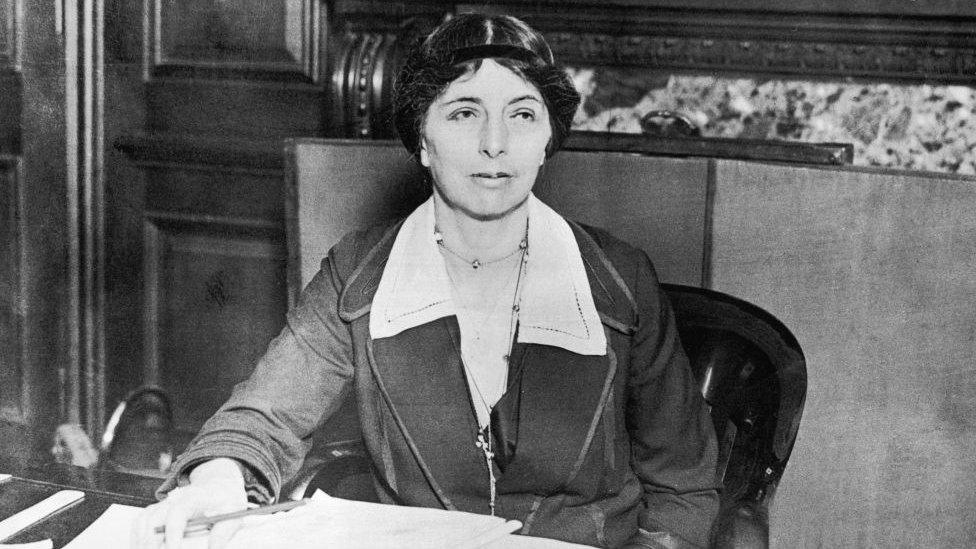
Kitty Murray, the Duchess of Atholl, helped thousands of children flee the Spanish Civil War
"Without her, I wouldn't be here" - that was a phrase I heard time and time again when I spoke to descendants of the 4,000 children who escaped from the Spanish Civil War in May 1937.
It was an evacuation that Kitty Murray, the Duchess of Atholl, played a major part in making happen.
But apart from relatives of the refugees, very few people in Scotland, or the UK, seem to know anything about the pivotal role of Scotland's first female MP.
Simon Martinez, from Sheffield, is clear about her importance.
His father, Enrique, was 12 years old when he arrived in the UK as one of the Basque child refugees fleeing General Franco's forces and devastating bombing by his allies.
"Without her campaigning, my father wouldn't have been here, I wouldn't have been here, my daughters and my grandchildren wouldn't be here," he says.
"Britain is a much better place for the kindness and generosity of politicians like the Duchess of Atholl."
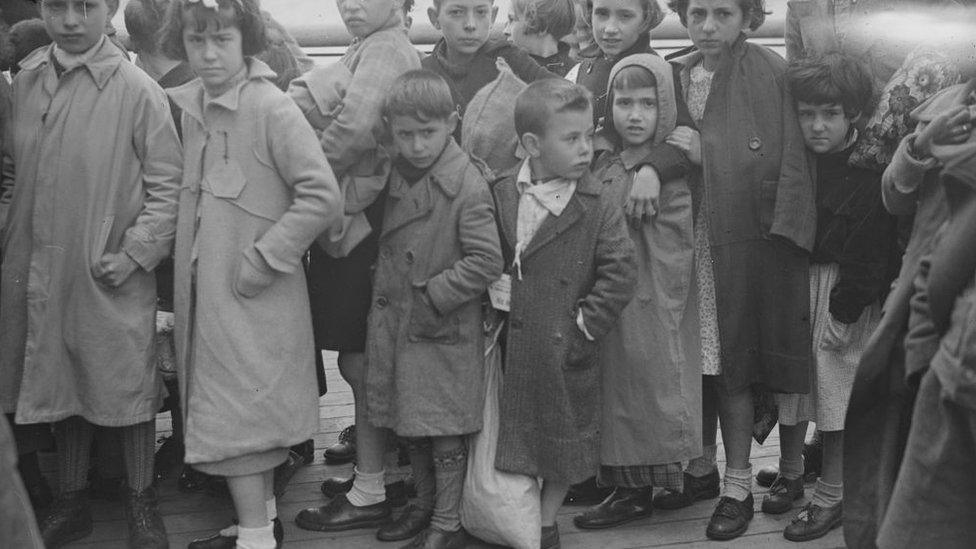
There were 4,000 Basque children on the SS Habana
Over the past few months, I have spoken to many of the descendants of the refugees from across the UK about what they think of the Duchess of Atholl.
Their response is universal.
Without the actions of this aristocrat from Perthshire, they and their relatives would not be here.
Katharine (Kitty) Murray was one of only eight women in the UK parliament when she was first elected in 1923, at the age of 49.
Despite once opposing women gaining the right to vote, she became Scotland's first female MP, representing Kinross and West Perthshire for 15 years until 1938.
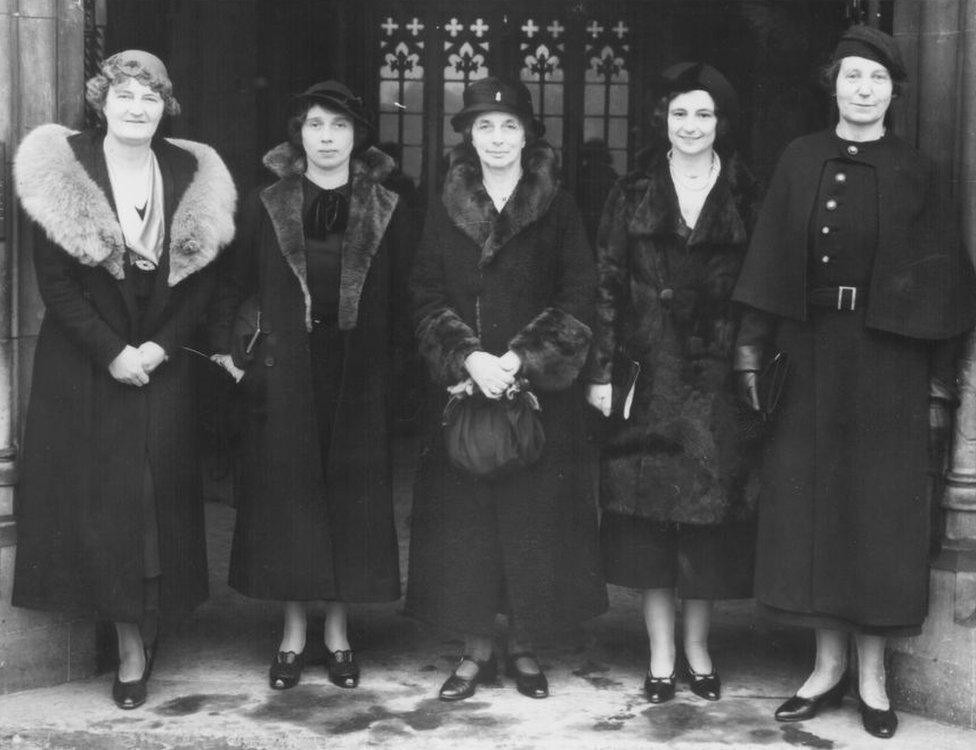
The duchess (centre) was one of a small number of female MPs in the 1930s
At first, she was a model Conservative MP; loyal and hard-working. But that all changed in the turbulence of 1930s Europe.
The Spanish Civil War broke out in 1936 with General Franco trying to overthrow the legitimate Republican government.
The duchess headed for Spain and witnessed the devastation herself.
She became the chairwoman of the National Joint Committee for Spanish Relief - a cross-party group coordinating aid to Spain.
During the conflict, several countries, including the UK, adopted a policy of non-intervention but after the bombing of Guernica, the group successfully managed to persuade the government to accept the children desperately trying to flee the war zone.
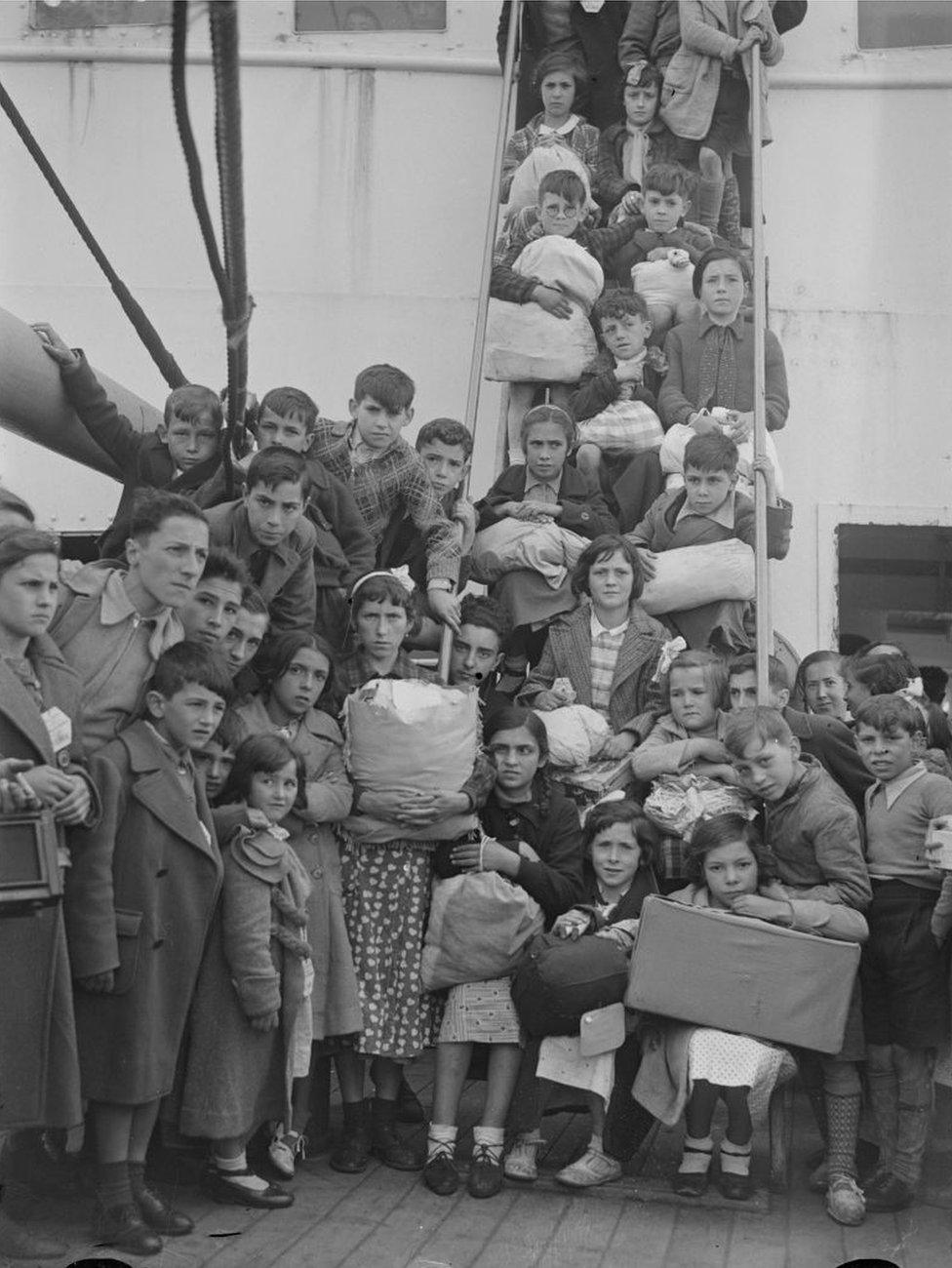
About 4,000 children were evacuated on the SS Habana which sailed from Bilbao on 21st May 1937 heading for Southampton
Kitty Murray's support for the children brought her international plaudits but back home, in some parts, it unfairly earned her the nickname "the Red Duchess".
All the people I have been speaking to are directly related to the 4,000 children who were evacuated on the SS Habana which sailed from Bilbao on 21st May 1937 heading for Southampton.
Another of those children was 13-year-old Maria de los Angeles Duenas Montes and her 14-year-old sister Dolores, known as Lola.
Their parents waved them off from the quayside, thinking they would just be apart for three months. Instead, it was nine years before they saw each other again.
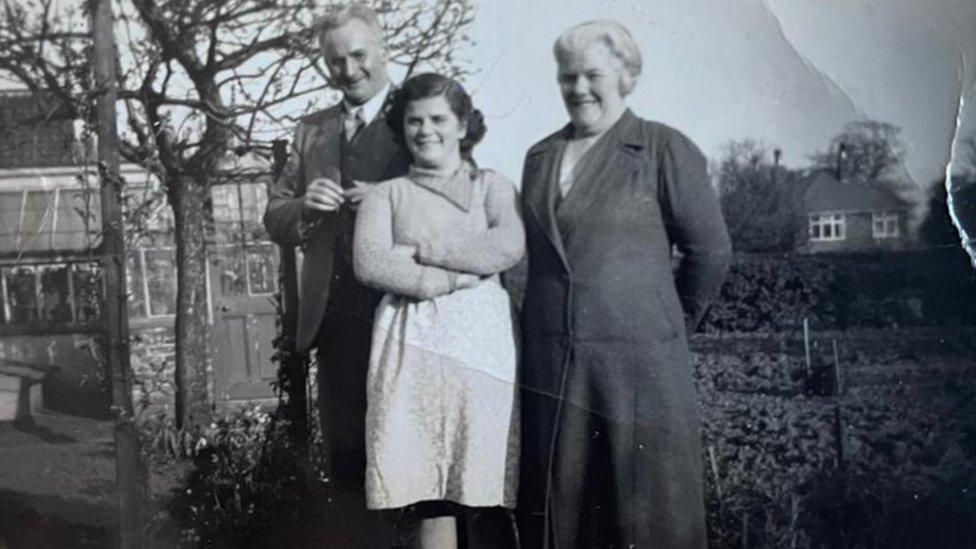
Maria de los Angeles Duenas Montes and her "foster" parents
Dr Carmen Coupland, who lives in Edinburgh, says her late mother did not talk about the war but she did talk about the Duchess of Atholl.
"What I find really significant is that a name I remember is the Duchess of Atholl and although as a child I may not have appreciated the concept or the significance of this woman, as I got older I realised that she was the person who had actually arranged for these children to escape from the bombing," Dr Coupland says.
Her mother died in 2004.
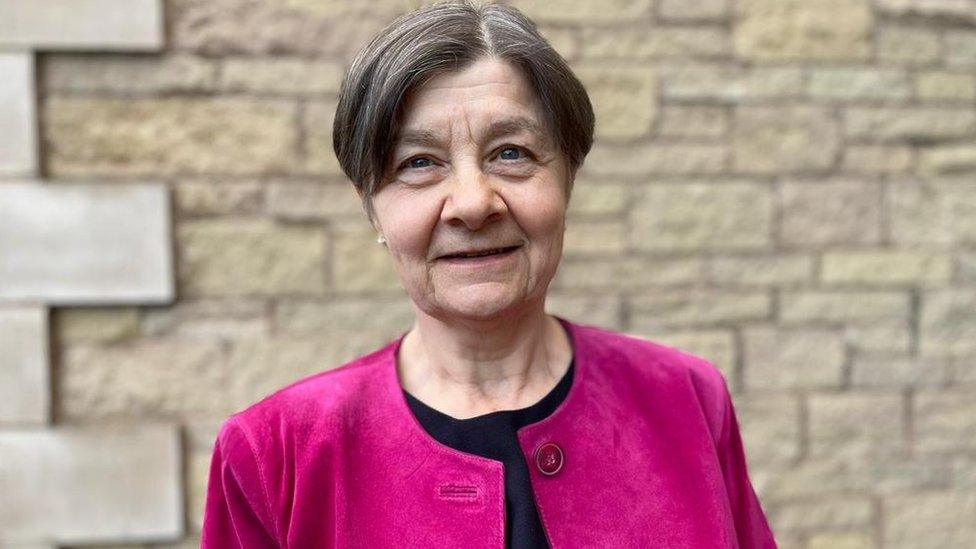
Dr Carmen Coupland says her late mother did not talk about the war
When the children arrived in Southampton, they were housed in temporary camps, and then were dispersed out to so-called colonies across the UK and to foster families.
Most eventually returned to Spain after the civil war but several hundred settled here because it was too dangerous to go home.
"The name - the Duchess of Atholl - was always in the background when I was growing up," explains Rob Garcia who is based in St Albans.
His father Fausto and uncle Teodoro were only seven and nine, when they arrived in Southampton.
They were later moved to a colony in Montrose - the only one in Scotland.
Mr Garcia says he thinks it is "absolutely imperative" that the story is told.
"Yes, she's an aristocrat but she cared about bringing children to a safe place in this country - and who are then looked after," he says.
And her concern for children, was what her great nephew, Paul Ramsay, highlighted when I visited him at her childhood home, Bamff House in Alyth.
"She and her husband were always concerned about the fate of children in warfare, and that's never more relevant than now," he says.
"I'm proud to think she took steps to help people escape."